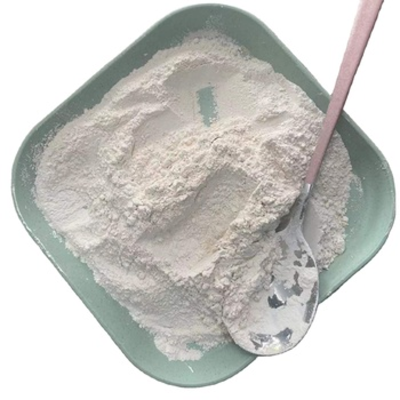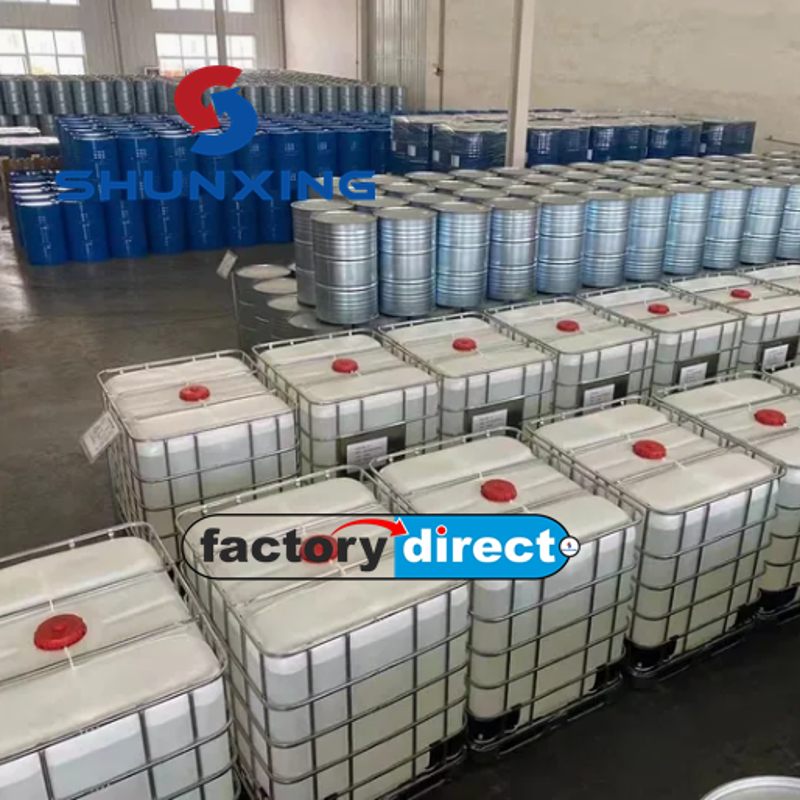-
Categories
-
Pharmaceutical Intermediates
-
Active Pharmaceutical Ingredients
-
Food Additives
- Industrial Coatings
- Agrochemicals
- Dyes and Pigments
- Surfactant
- Flavors and Fragrances
- Chemical Reagents
- Catalyst and Auxiliary
- Natural Products
- Inorganic Chemistry
-
Organic Chemistry
-
Biochemical Engineering
- Analytical Chemistry
-
Cosmetic Ingredient
- Water Treatment Chemical
-
Pharmaceutical Intermediates
Promotion
ECHEMI Mall
Wholesale
Weekly Price
Exhibition
News
-
Trade Service
Introduction
This article will discuss the production process of (±)-mebeverine, a pharmaceutical compound used for the treatment of gastroesophageal reflux disease (GERD).
The article will provide an overview of the synthetic pathway of mebeverine, the key steps involved in the production process, and the various unit operations used to optimize the yield and purity of the product.
Synthetic Pathway
The synthetic pathway of mebeverine involves several key steps, starting with the synthesis of the basic structure of the compound.
The synthesis begins with the reaction of β-alanine with chloroacetyl chloride in the presence of a catalyst, such as pyridine, to form a carbinolamine intermediate.
The intermediate is then treated with an alcohol, such as methanol or ethanol, in the presence of a strong acid, such as hydrochloric acid, to form a hemiacetal.
The hemiacetal is then reduced with lithium aluminum hydride (LiAlH4) to form the aldehyde, which is the key intermediate in the synthesis of mebeverine.
The aldehyde is then treated with sodium hydroxide to form a sodium enolate, which is then reacted with a nitrile, such as acetonitrile, in the presence of a base, such as sodium hydride, to form the final product, (±)-mebeverine.
Unit Operations
The production process of (±)-mebeverine involves several unit operations, including synthesis, purification, and isolation.
The synthesis step involves the synthesis of the basic structure of the compound, while the purification and isolation steps involve the removal of impurities and the isolation of the pure product.
The synthesis step involves the reaction of the basic structure of the compound with various reagents and catalysts.
The product is then isolated and purified through various column chromatography and recrystallization steps.
Column chromatography involves the separation of the product based on its physical and chemical properties, such as partitioning between a stationary phase and a mobile phase.
Recrystallization involves the purification of the product by dissolving it in a solvent and allowing it to recrystallize, resulting in the formation of pure crystals.
Optimization of Production Process
The production process of (±)-mebeverine can be optimized to increase the yield and purity of the product.
One way to optimize the process is by optimizing the reaction conditions, such as the temperature, pressure, and concentration of the reactants.
The use of a catalyst or a co-solvent can also increase the yield and purity of the product.
Another way to optimize the production process is by optimizing the purification and isolation steps.
For example, the use of a more polar stationary phase in column chromatography can increase the separation of the product from the impurities.
Similarly, the use of a higher concentration of the solvent in recrystallization can result in the formation of pure crystals.
Conclusion
In conclusion, the production process of (±)-mebeverine involves several key steps, including synthesis, purification, and isolation.
The process can be optimized to increase the yield and purity of the product by optimizing the reaction conditions, the purification and isolation steps, and the use of a catalyst or a co-solvent.
The synthetic pathway of mebeverine involves several key steps, starting with the synthesis of the basic structure of the compound, and ending with the isolation of the final product.
The article provides an overview of the production process of (±)-mebeverine and its potential for optimization.







